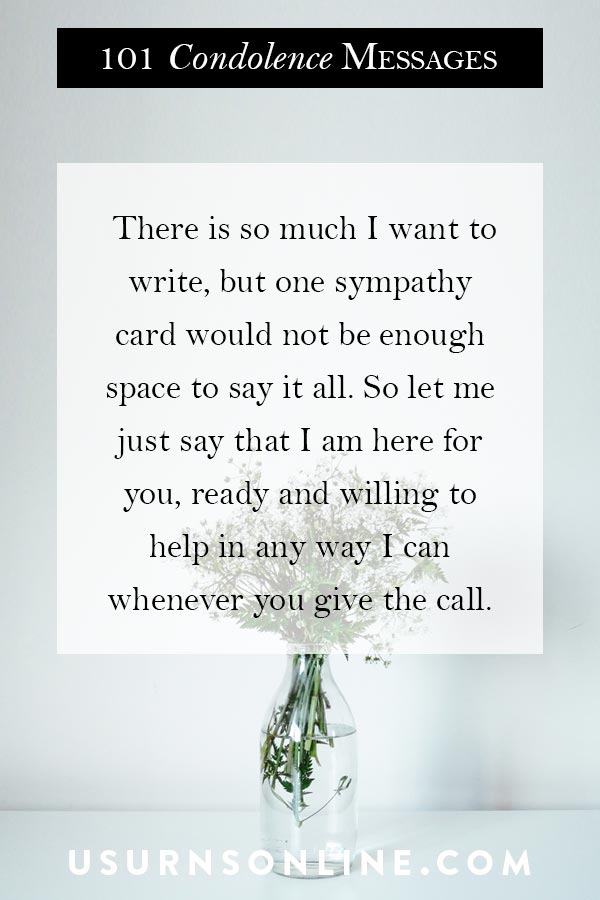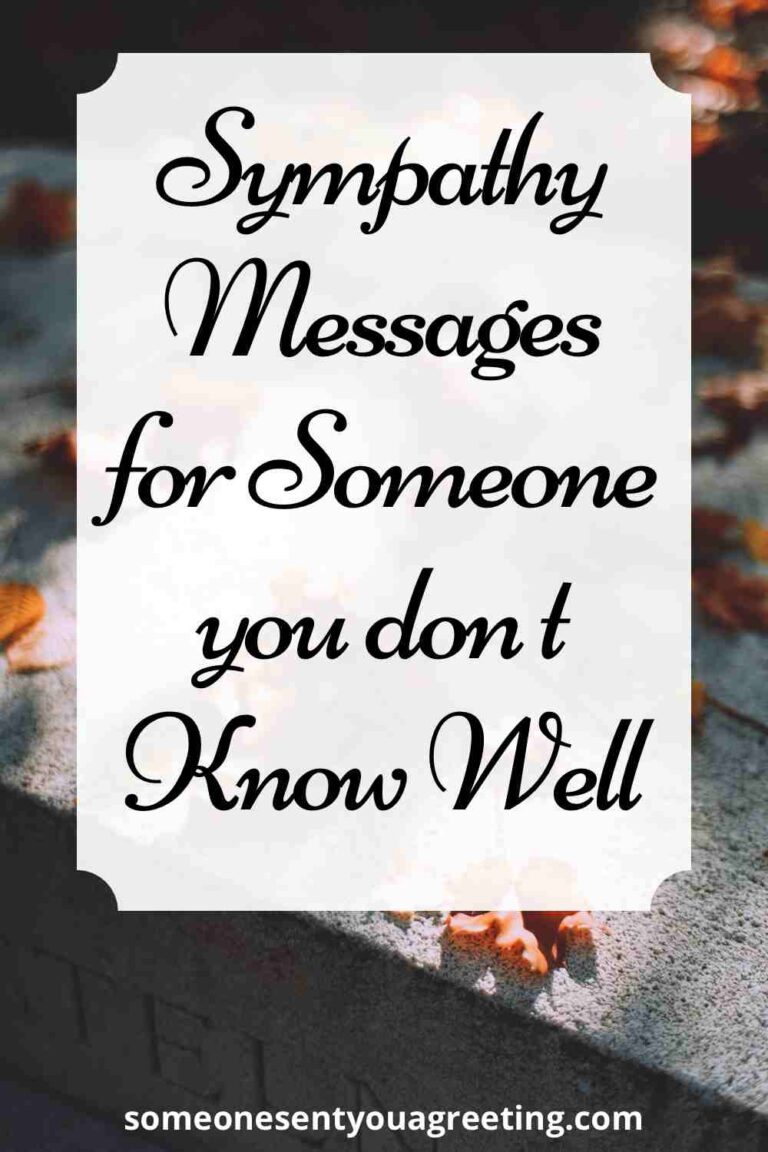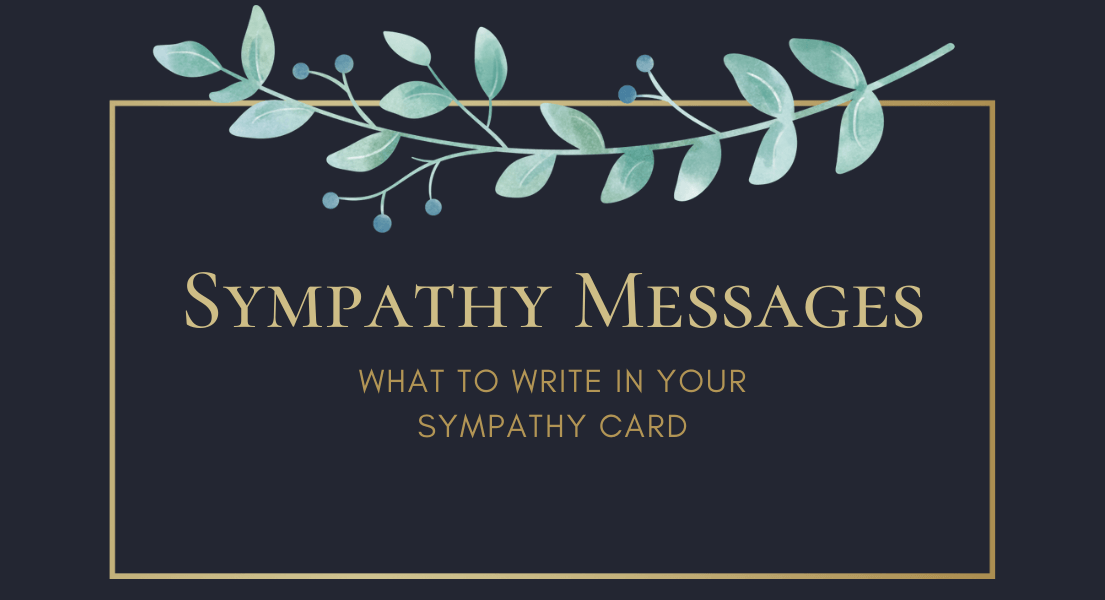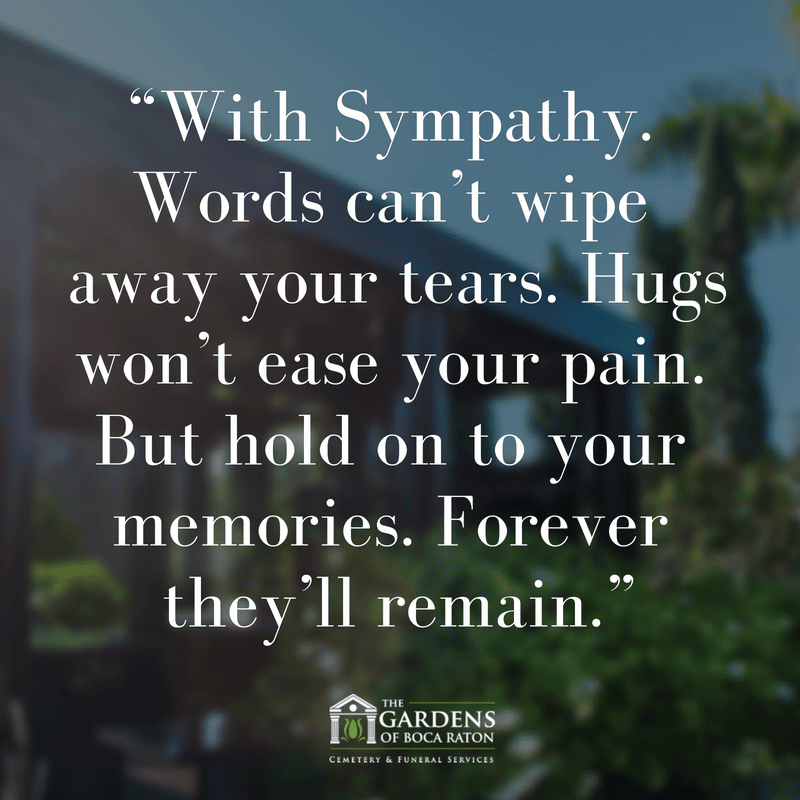How To Show Sympathy Without Saying Sorry
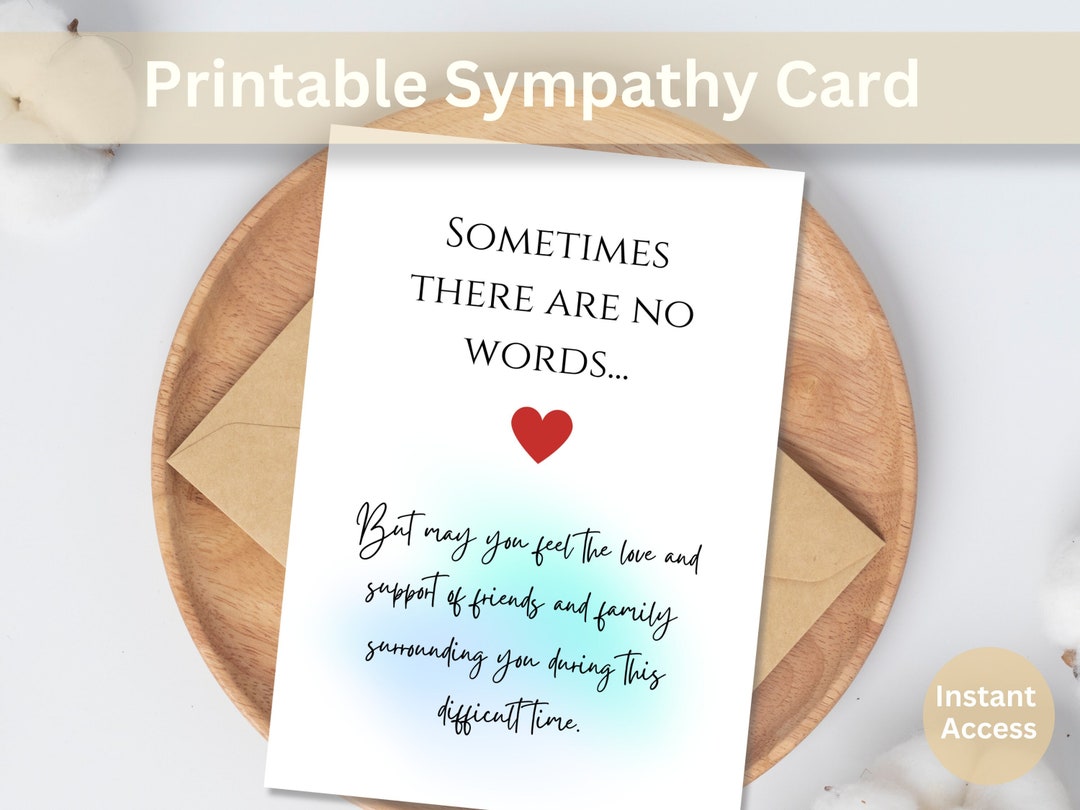
Imagine a friend confides in you, their voice thick with emotion, sharing a painful experience. Your immediate instinct might be to blurt out, "I'm so sorry!" But often, those words, while well-intentioned, can fall flat or even unintentionally shift the focus to yourself. What if there were more impactful ways to offer comfort, to truly connect with someone in their moment of vulnerability, without relying on that automatic phrase?
This article explores how to effectively express sympathy without saying "I'm sorry," focusing on active listening, validating emotions, and offering practical support. It will delve into the nuances of empathetic communication, providing actionable strategies for connecting with others during difficult times.
Beyond "I'm Sorry": The Power of Empathetic Connection
The impulse to apologize when someone is hurting stems from a place of compassion, but it doesn't always land as intended. According to research by Dr. Brené Brown, a renowned expert on vulnerability and shame, empathy involves truly understanding and sharing the feelings of another person.
It is less about offering a quick fix or taking responsibility for their pain and more about walking alongside them in their experience.
Active Listening: The Foundation of Sympathy
One of the most powerful ways to show sympathy is through active listening. This means giving the person your undivided attention, both verbally and nonverbally. Make eye contact, nod to show you're following along, and put away any distractions, such as your phone.
Reflect back what you're hearing to ensure you understand their perspective. For example, you could say, "So, it sounds like you're feeling really frustrated and overwhelmed by the situation."
Validating Emotions: Acknowledging Their Reality
Often, people just want to be heard and understood. Validating someone's emotions means acknowledging that their feelings are legitimate, even if you don't necessarily agree with their perspective or understand the situation fully. Avoid phrases like "You shouldn't feel that way" or "It could be worse."
Instead, try saying something like, "That sounds incredibly difficult" or "It's understandable that you're feeling sad." Validation helps the person feel seen and accepted, creating a safe space for them to process their emotions.
Offering Practical Support: Taking Action
Sometimes, the best way to show sympathy is to offer tangible help. Instead of just saying "Let me know if you need anything," be specific and proactive. Ask, "Is there anything I can do to help you with [specific task]?" or "Would it be helpful if I brought over dinner this week?"
Remember, even small gestures can make a big difference. Offering to run errands, provide childcare, or simply be a listening ear can be incredibly valuable.
Words That Resonate: Empathetic Phrases to Use
Beyond active listening and practical support, choosing the right words can make a significant impact. Here are a few alternatives to "I'm sorry" that convey empathy and understanding:
"That sounds really tough."
"I can only imagine how difficult that must be."
"I'm here for you."
"Thank you for sharing that with me."
"How can I support you right now?"
The Ripple Effect of True Sympathy
Learning to express sympathy effectively is not just about avoiding a particular phrase. It's about cultivating a deeper level of emotional intelligence and strengthening your relationships. By focusing on active listening, validation, and practical support, you can create a more supportive and compassionate environment for those around you.
Remember, true sympathy is about connection, understanding, and offering genuine support during times of need. It's about showing up for others in a way that truly makes a difference.
Ultimately, moving beyond the automatic "I'm sorry" allows us to forge deeper connections with those we care about. By actively listening, validating their feelings, and offering concrete support, we become true sources of comfort and strength, fostering a world where empathy reigns supreme. It's not about fixing the problem, but about being present with the person experiencing it.




